Knightsbridge life: From a hotbed of taverns and thieves to one of the poshest parts of London
Today, Knightsbridge is home and host to the glamorous, but it wasn't always quite that way, finds Carla Passino.
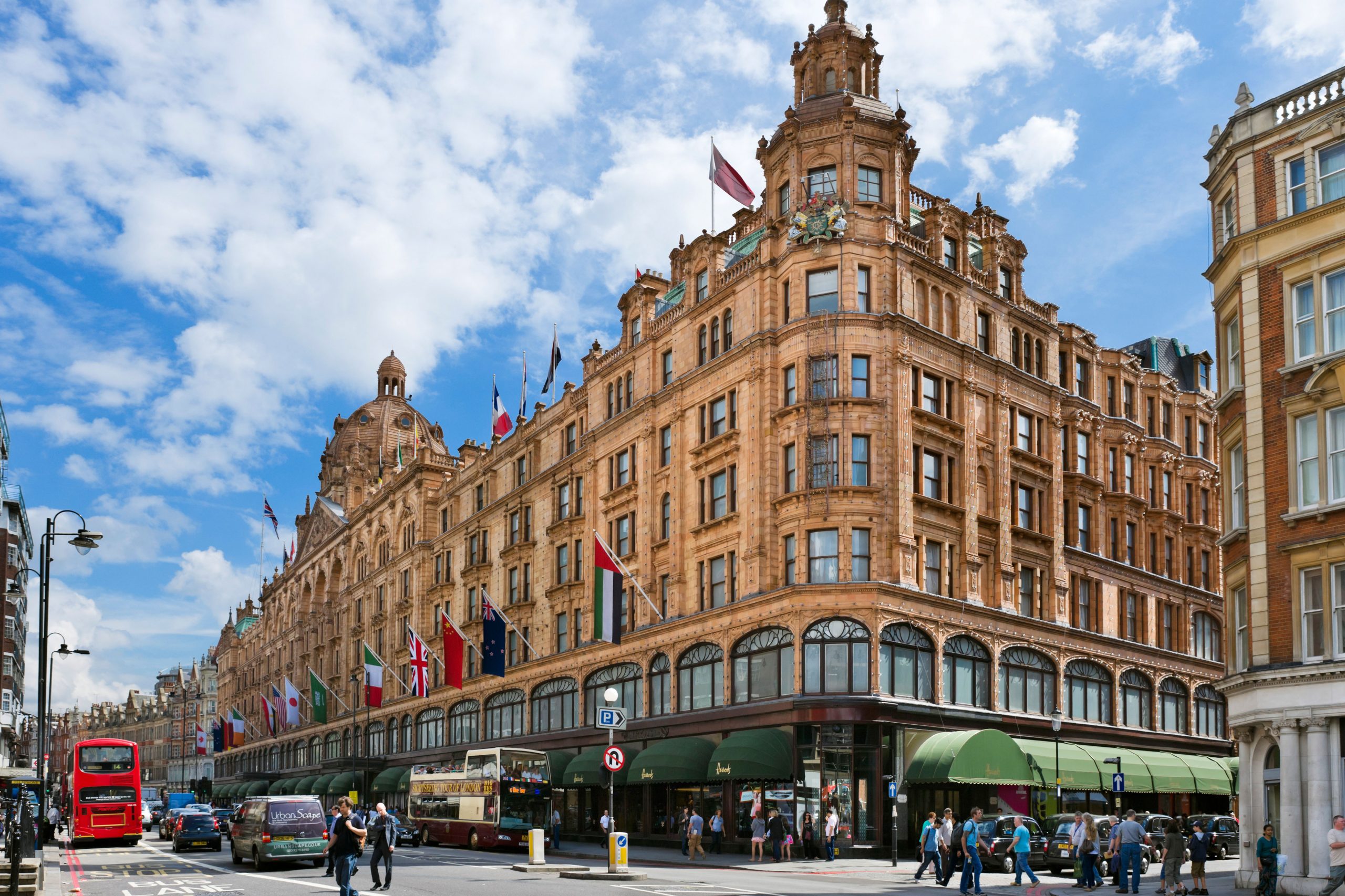

An immaculately coiffed guest sashays out of the massive doors of the Mandarin Oriental, past the top-hatted, red-coated doorman, revealing a glimpse of the marbled hall inside. Reopened about a year ago after being ravaged by a fire in June 2018, this turreted Edwardian icon is the pinnacle of centuries of Knightsbridge’s hospitality – but its gilded grandeur is a far cry from the timbered inns that peppered the area in the past. After all, this was one of London’s most infamous suburbs, where robberies and assassination attempts were the order of nearly every day.
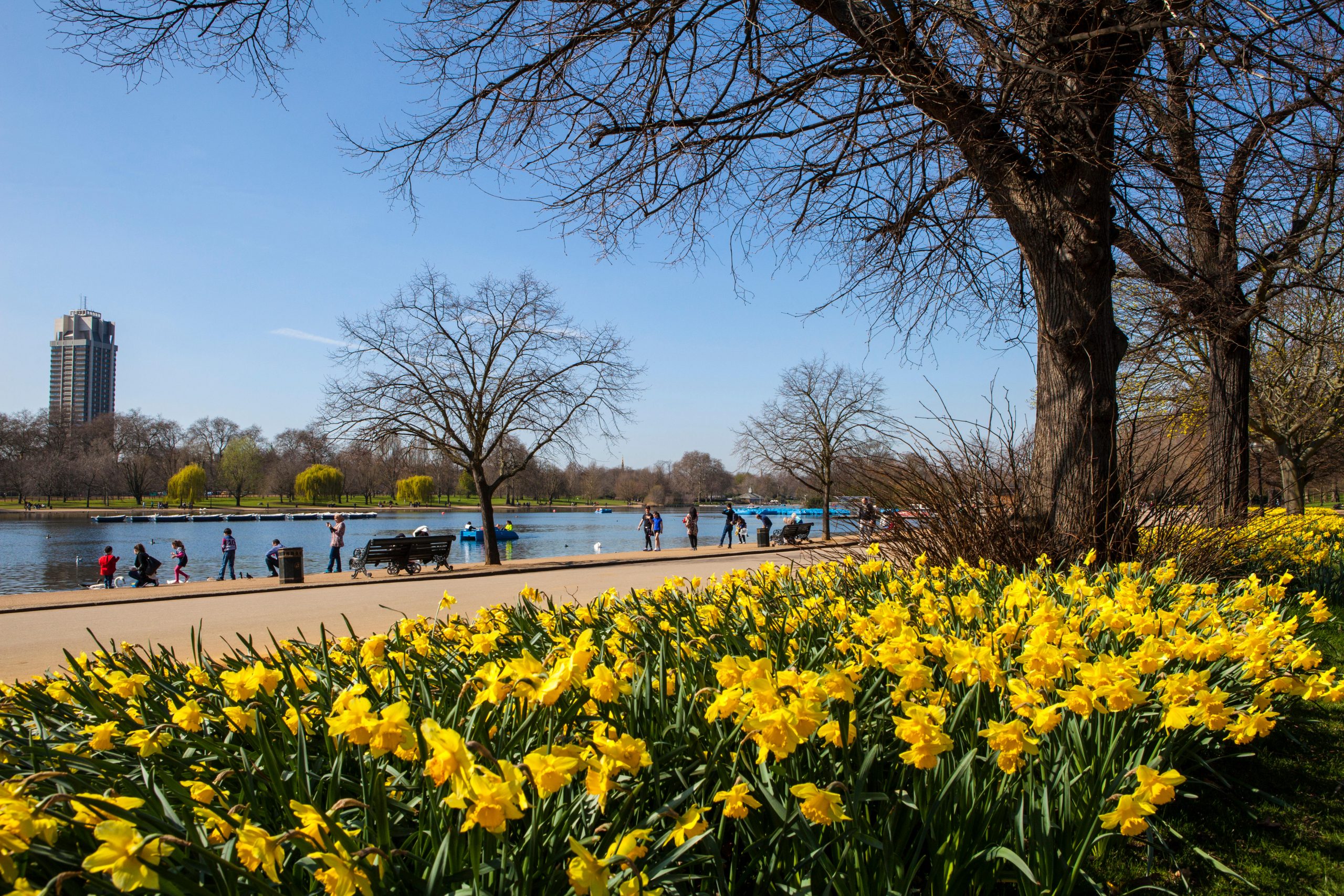
For centuries, Knightsbridge’s only remarkable landmark was the stone bridge that gave it its name. Nonetheless, the bridge and the road that passed by it, linking London to Kensington and Brentford, brought in roaring, if rather shady, trade for inns of ill repute. No tavern was more notorious than the Swan Inn, which, in its early incarnation, stood in that part of Knightsbridge that is now taken up by the swanky glass-and-copper pavilions designed by Richard Rogers for One Hyde Park.
Where aerodynamic cars now defy gravity by hanging off a wall at the McLaren dealership’s window, thieves, traitors and murderers once gathered to plan their next misdeed. Among other occasions, it was here that two Jacobite conspirators met in the late 17th century to plot one of the many failed attempts to assassinate William III: they had planned to ambush him on his way back from Kensington, but were discovered and duly executed.
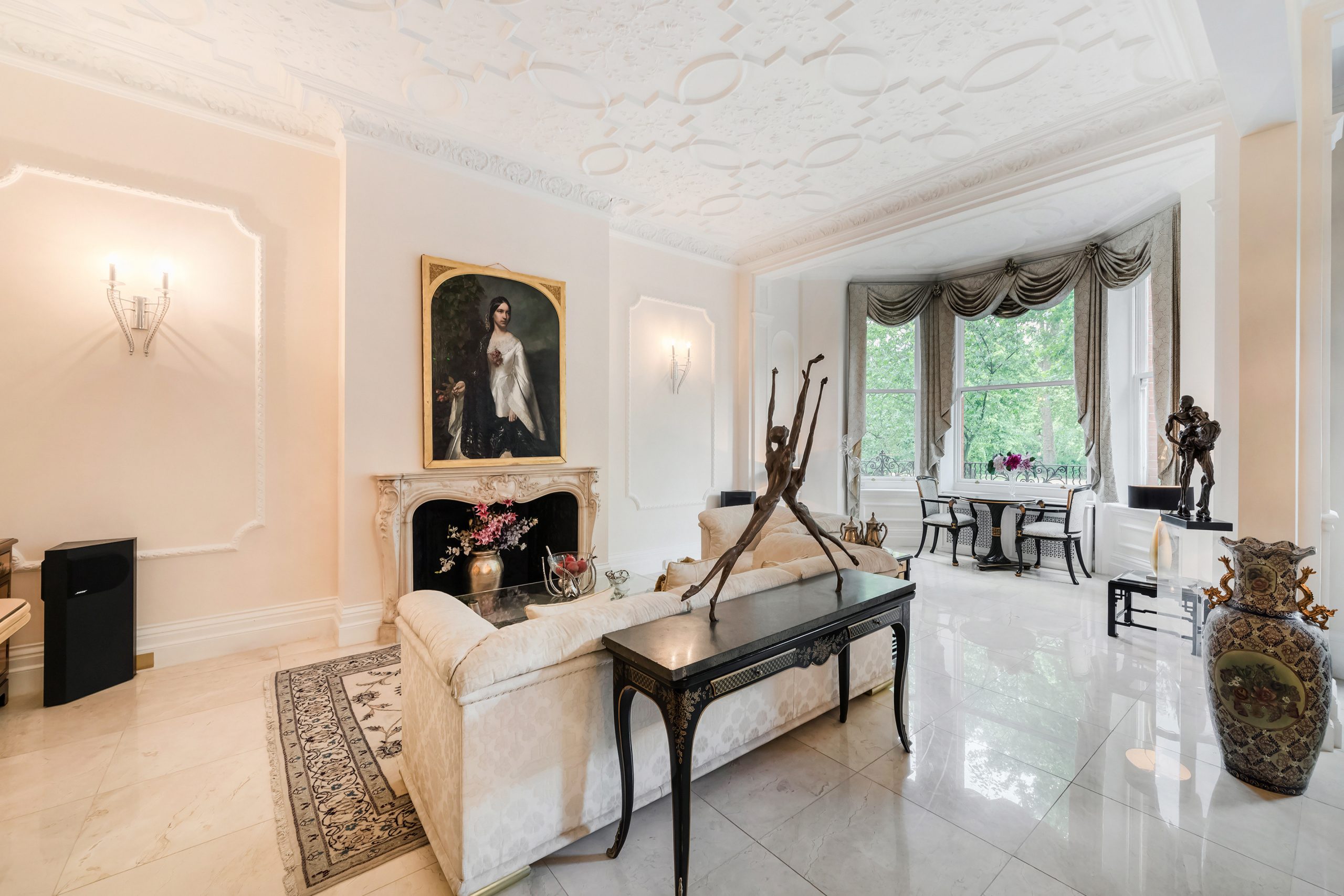
Travellers who ventured through Knightsbridge didn’t only have to contend with the local low life, either – the road itself, unpaved and dimly lit, was equally as treacherous. It’s hard to imagine anything more different from the glossy lengths of Knightsbridge and Brompton Road.
The gentrification that turned Knightsbridge into a place that, in the words of Tim Hassell, managing director of Draker lettings agents, ‘screams luxury from every rooftop’, began at the turn of the 19th century. The magnificent Kingston House, where the bigamous Duchess of Kingston-upon-Hull lived for a time before being put on trial (and fleeing to Continental Europe with a good chunk of the late Duke’s wealth), was built in what is now Princes Gate in 1775.
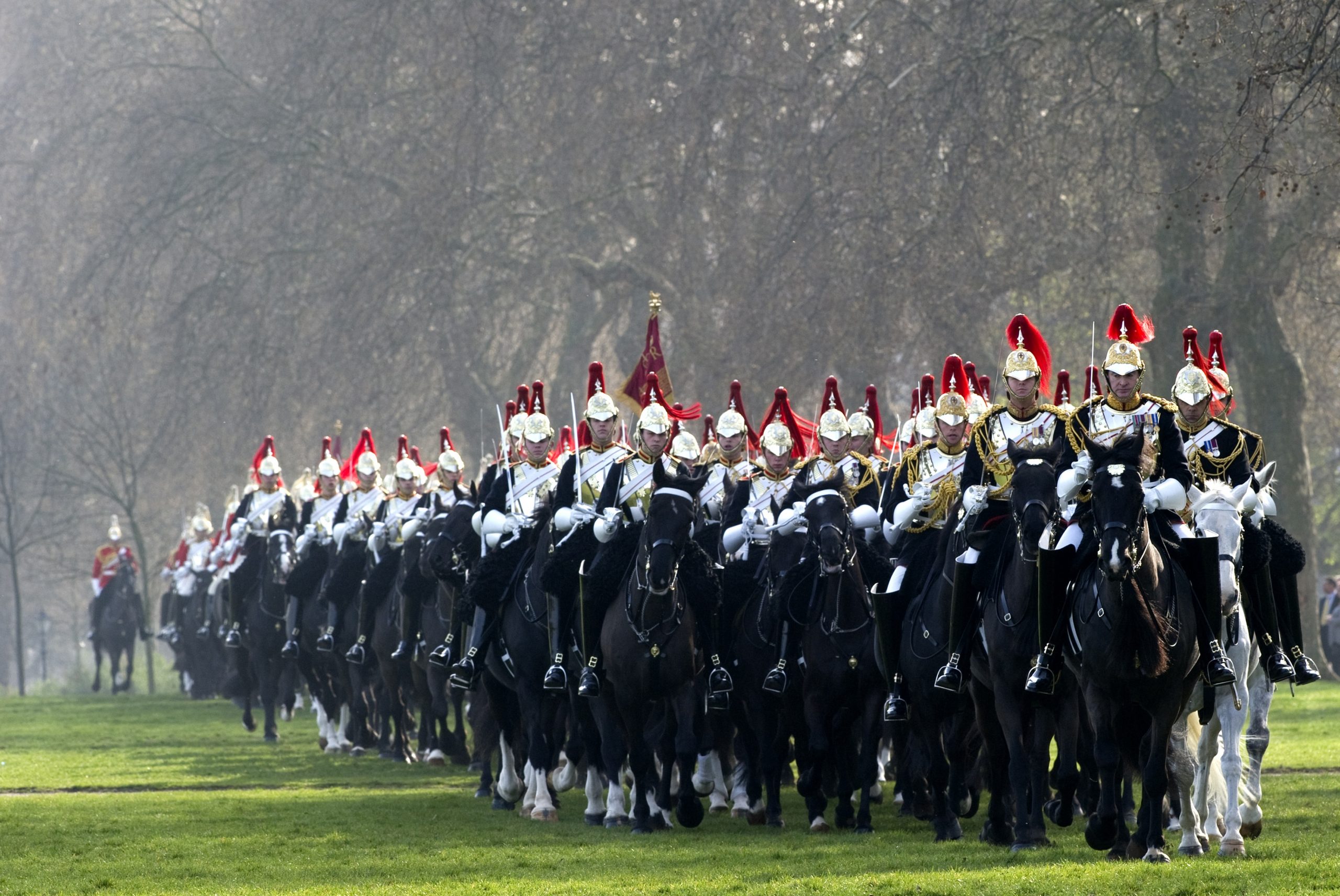
At about the same time, Hyde Park’s Rotten Row, which William III had created to convey himself safely to St James’s Palace, became the place where the cream of Society paraded by horse, phaeton and curricle during the Season. The arrival of the Horse Guards in 1795 must have also helped uphold law and order, although the guardsmen were later considered the prime reason Knightsbridge was rife with drinking establishments, rowdy music halls and women of dubious morals.
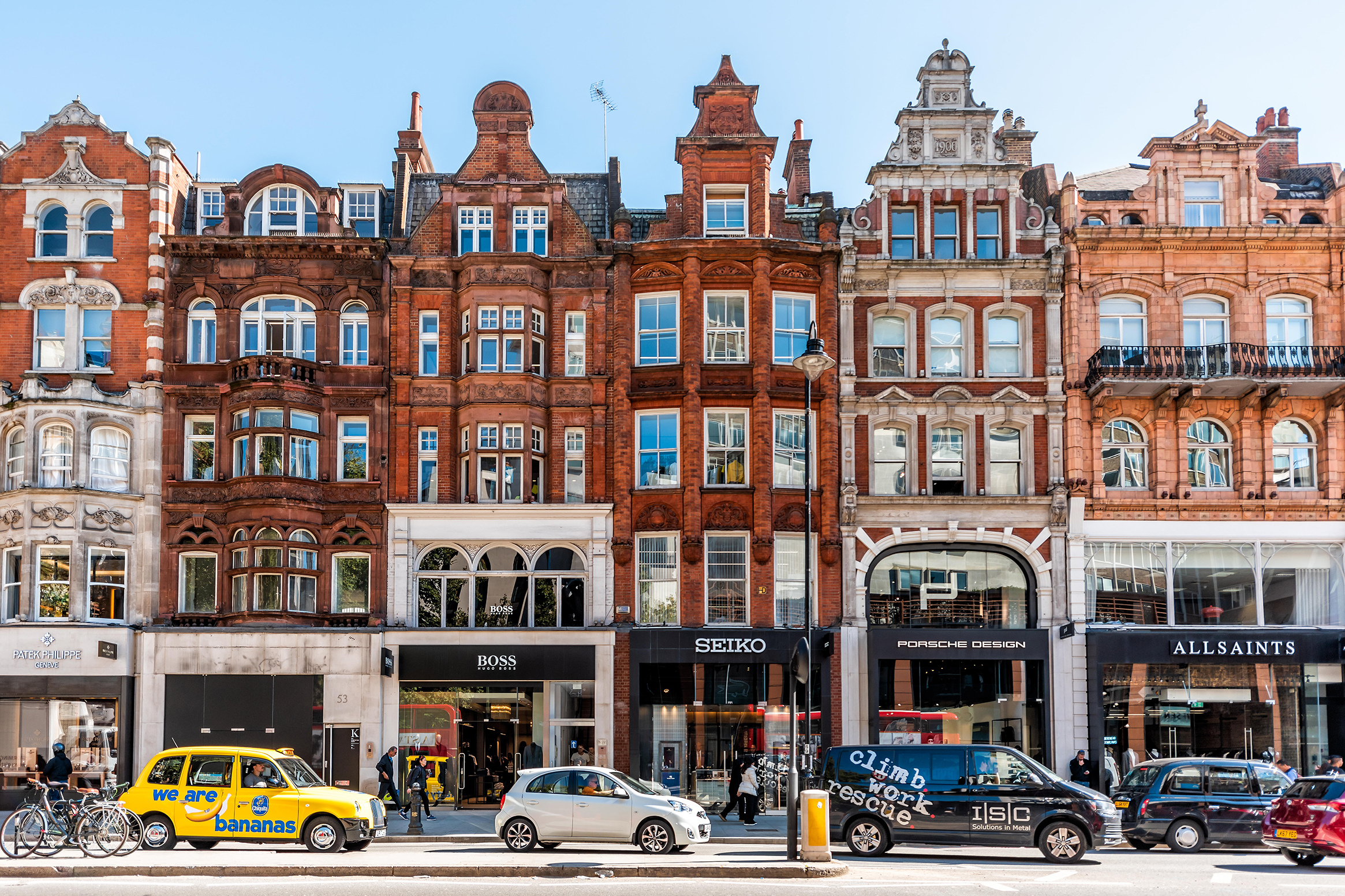
However, the real game-changer for the area was the development frenzy of the Regency and Victorian era. The first houses in peaceful Montpelier Square, sheltered from the bustle of Brompton Road, were built in the mid 1820s and they are still sublime in their stuccoed simplicity. Meanwhile, a wall had been built along Ennismore Street to separate residents of the Rutland Estate from the area behind Brompton Road, which, at the time, was rather less salubrious.
Sign up for the Country Life Newsletter
Exquisite houses, the beauty of Nature, and how to get the most from your life, straight to your inbox.
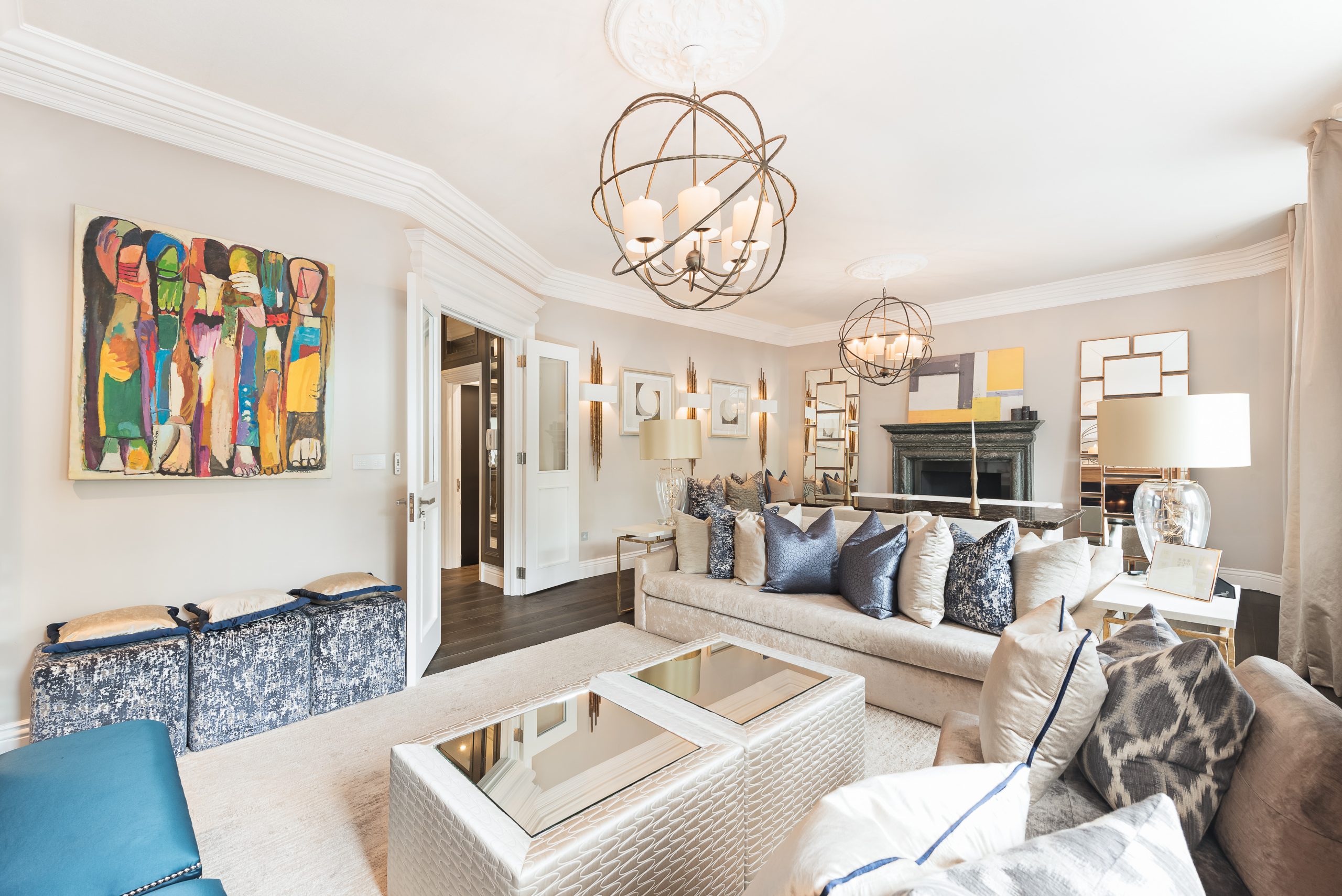
A German bomb tore it down on September 25, 1940, and, when the City of Westminster set out to rebuild it in 1948, the locals, who had presumably grown quite tired of having to walk for miles to get from Rutland Gate to Brompton Road, requested a passage-way be kept open. Known as The Hole in the Wall, it now links perhaps the prettiest streets in Knightsbridge: the western end of Rutland Street, with its sequence of cottages brightened by colourful external shutters; the cobbled Ennismore Mews, where converted coach houses with miniature wrought-iron balconies hide under the shadow of the Russian Orthodox Cathedral Church; and the southern portion of Ennismore Gardens Mews, whose sorbet-hued buildings overlook the grounds of Holy Trinity Brompton.
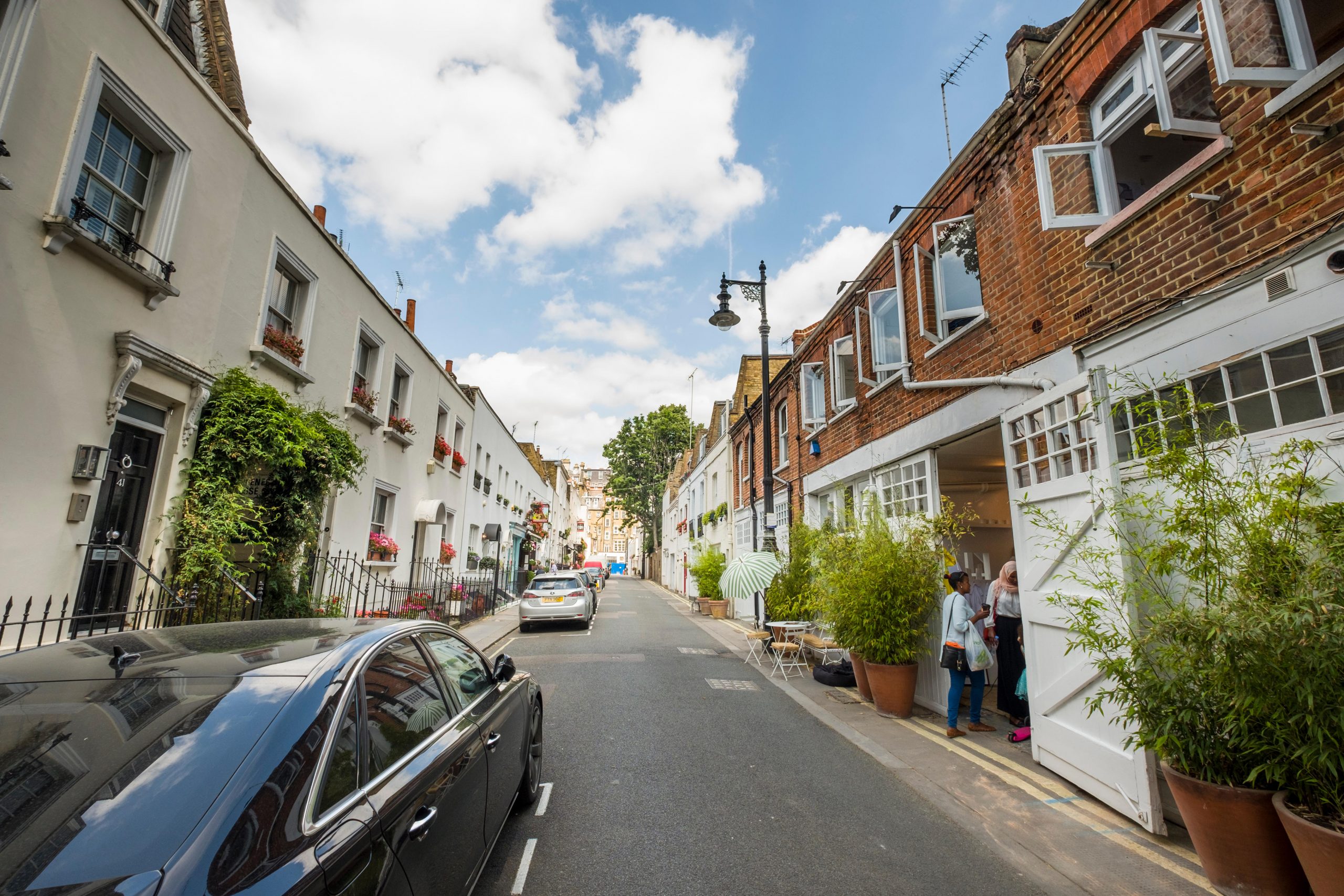
Beyond them soars the neo-Classical dome of the Brompton Oratory, a bulwark of traditional Catholicism. Even after it gentrified, Knightsbridge didn’t lack peculiar characters – chief among all being (the possibly mythical) Mrs Dowell.
A tobacconist who ran a shop next to what today is the Berkeley Hotel’s sleek glass entrance, she ‘was so exceedingly partial’ to the Duke of Wellington, who had settled at nearby Apsley House in 1817, that, wrote Henry George Davis in Memorials of the Hamlet of Knightsbridge, ‘she was continually inventing some new plan whereby to express her regard’. This included plying him with ‘patties, cakes, and other delicacies’ that she left with his servants.
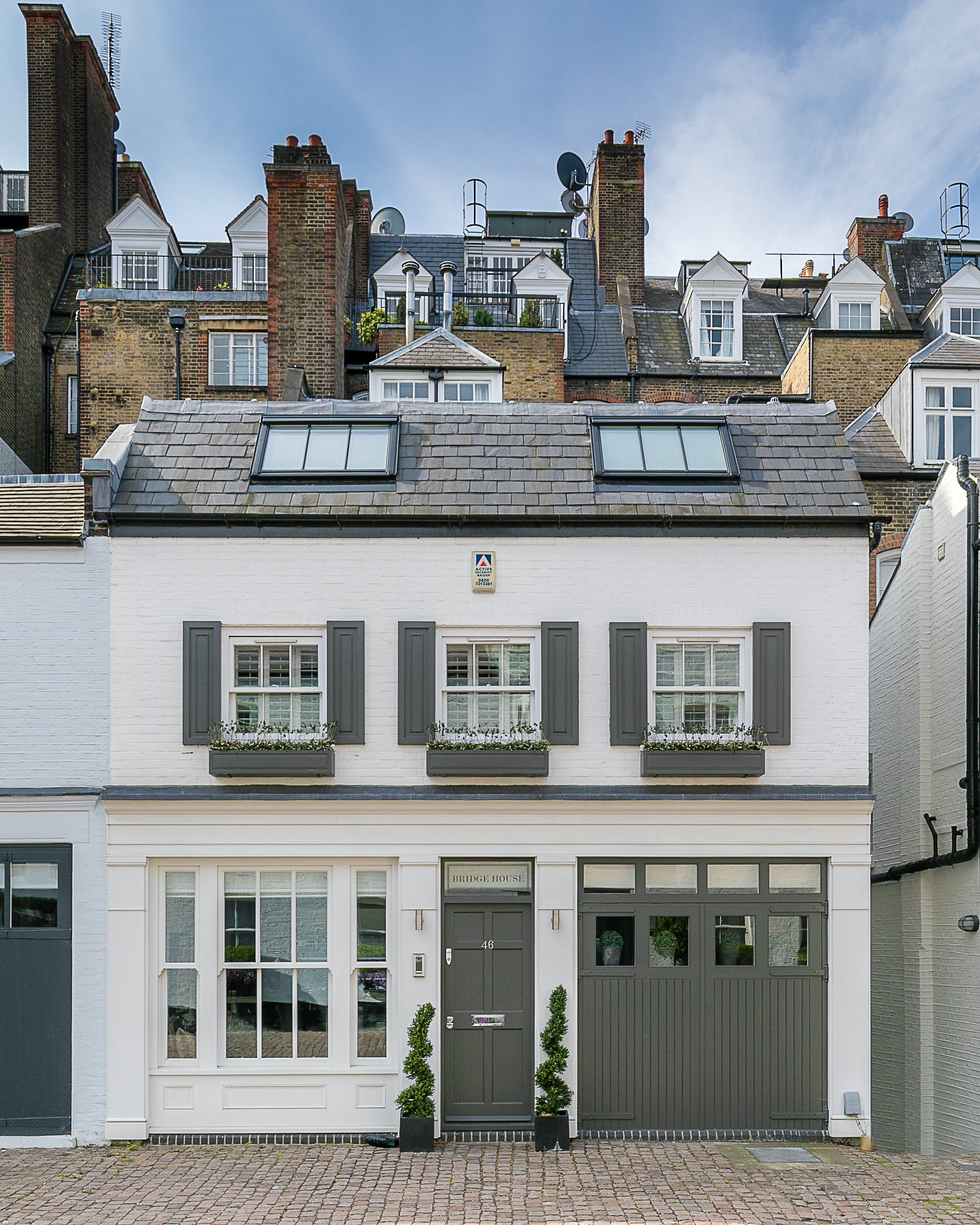
Although the Duke never paid her any attention, she wasn’t deterred – and, who knows, perhaps her ghost still trundles every day to Apsley House, to place spectral cakes on the Meissen dessert plates and gaze longingly at her hero’s imposing bust.
Knightsbridge highlights
Prêt-à-Portea at The Berkeley
The afternoon tea for any fashionista
Wilton Place, www.the-berkeley.co.uk
Rachel Vosper
London’s best candle maker can create a bespoke blend of scents to suit individual tastes
69, Kinnerton Street, www.rachelvosper.com
Divertimenti
A cook’s dream, it stocks anything from Yaxell’s handmade Japanese knives to whimsical Solimene ceramics
227–229, Brompton Road, www.divertimenti.co.uk
What you need to know
Residents love the food, from Heston Blumenthal’s Dinner to Gordon Ramsay’s Pétrus, Knightsbridge is a Who’s Who of the culinary world. Plus, there are Indian tapas at Amaya, contemporary Japanese at Zuma and a New-York take on Italian cuisine at The Bulgari Hotel’s Sette.
Residents like the cluster of some of the world’s best shops, such as Christian Louboutin, Feathers and the big Sloane Street fashion houses. Knightsbridge is one of only two areas officially recognised as international retail centres in the London Plan (the other is the West End).
Residents could do without the small number of (usually young) luxury-car drivers racing around the local streets at night. The Royal Borough of Kensington & Chelsea has called for the installation of sound cameras to identify and fine the perpetrators.
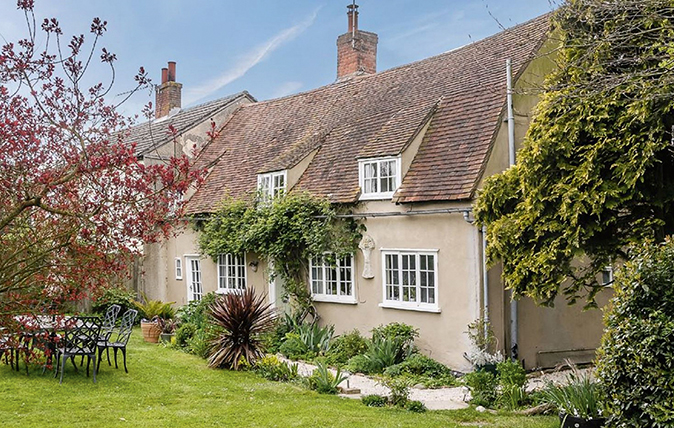
Four perfect, pocket-sized character properties from just £275,000
They may be little, but they’re perfectly formed, says Carla Passino.
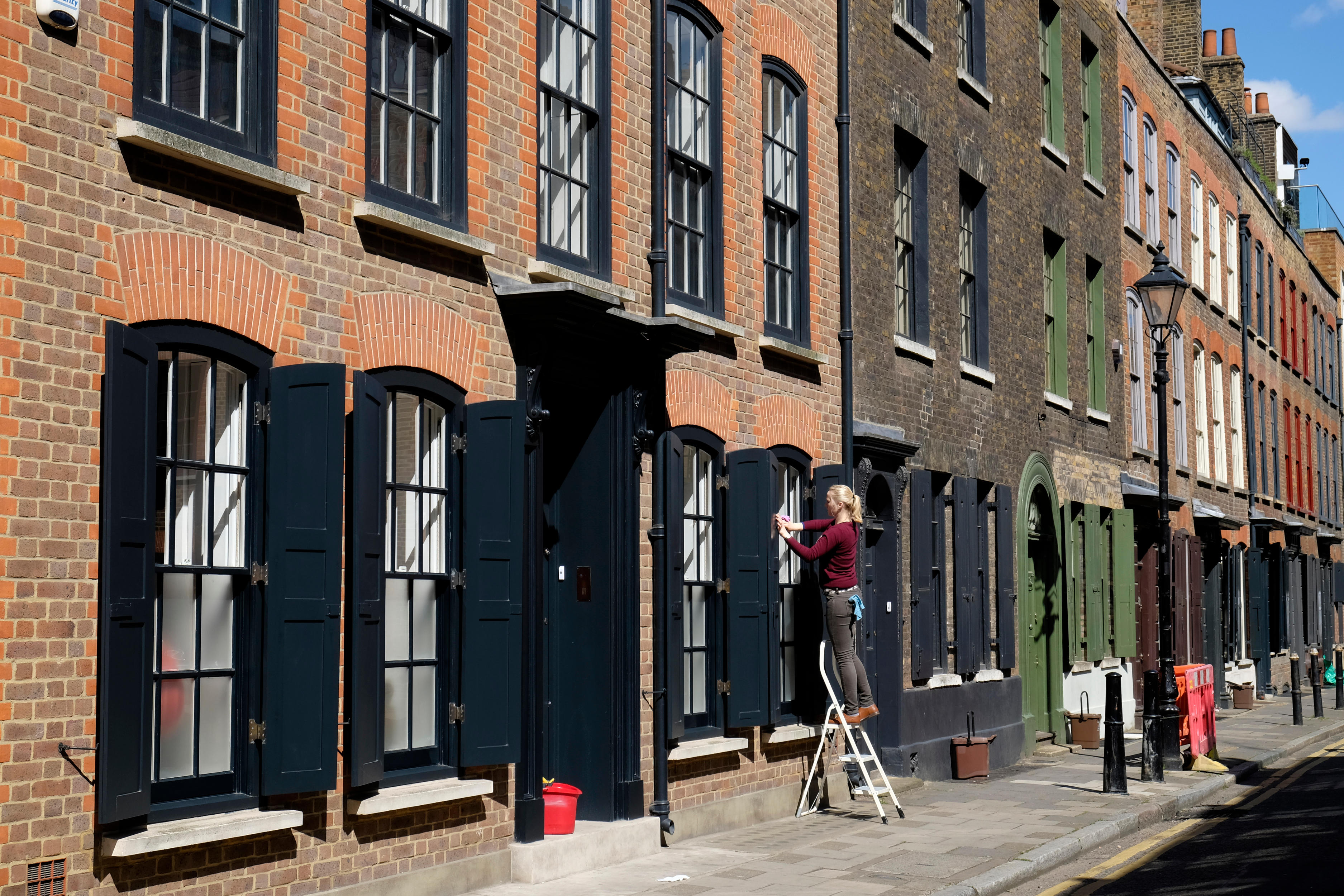
Shoreditch life: How a little-loved corner of London became a hotbed of art, culture and £5m loft apartments
Shoreditch's incredible transformation over the last two or three decades has turned a little-loved part of London into a world-famous
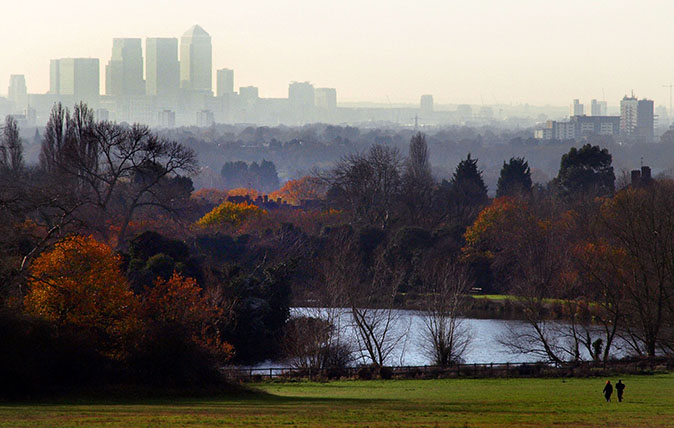
The London life or the country life: Who's right?
Ysenda Maxtone Graham discusses the age old debate which divides the nation in two.
Carla must be the only Italian that finds the English weather more congenial than her native country’s sunshine. An antique herself, she became Country Life’s Arts & Antiques editor in 2023 having previously covered, as a freelance journalist, heritage, conservation, history and property stories, for which she won a couple of awards. Her musical taste has never evolved past Puccini and she spends most of her time immersed in any century before the 20th.
-
 Spam: The tinned meaty treat that brought a taste of the ‘hot-dog life of Hollywood’ to war-weary Britain
Spam: The tinned meaty treat that brought a taste of the ‘hot-dog life of Hollywood’ to war-weary BritainCourtesy of our ‘special relationship’ with the US, Spam was a culinary phenomenon, says Mary Greene. So much so that in 1944, London’s Simpson’s, renowned for its roast beef, was offering creamed Spam casserole instead.
By Country Life Last updated
-
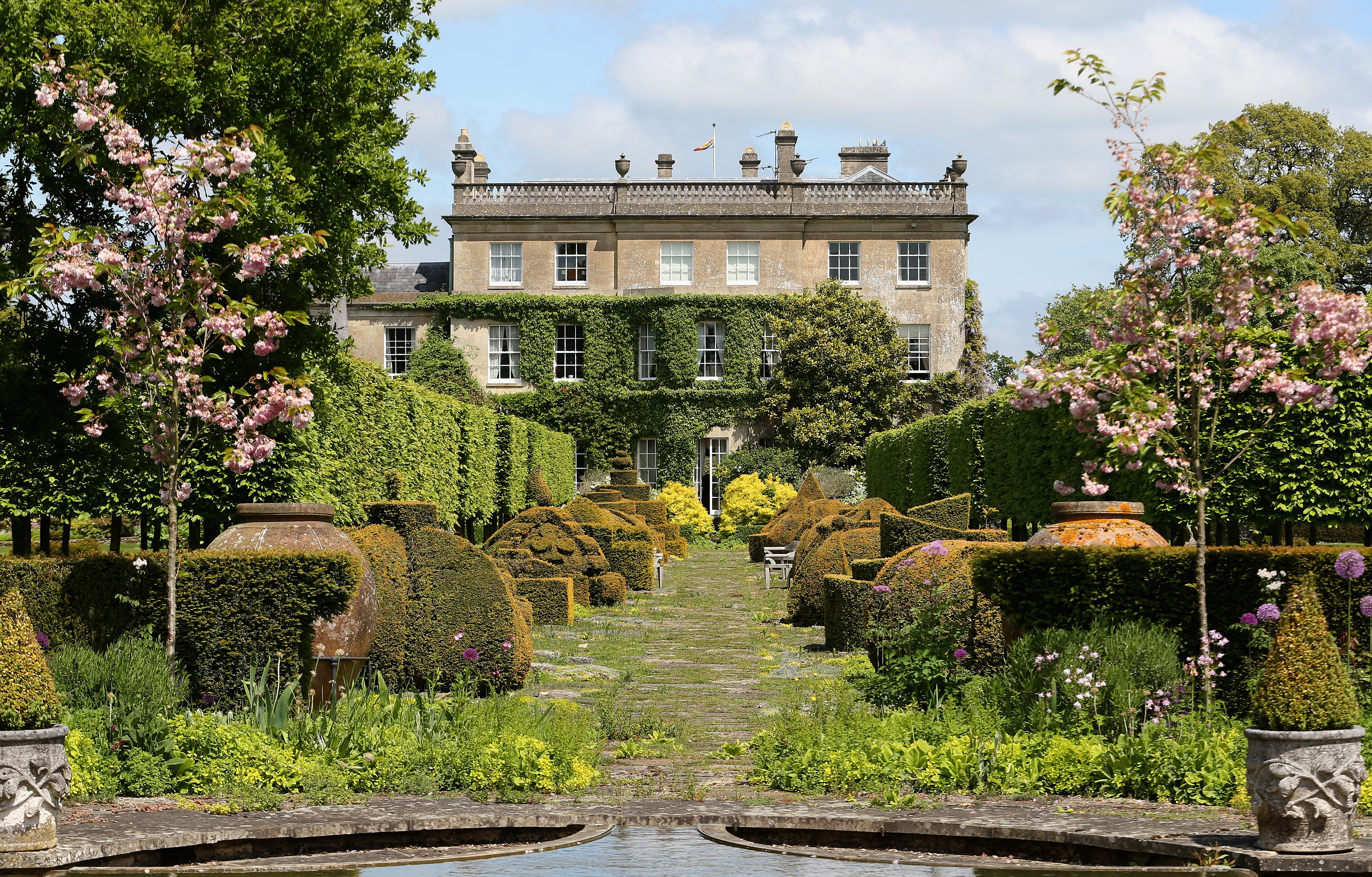 Sanderson's new collection is inspired by The King's pride and joy — his Gloucestershire garden
Sanderson's new collection is inspired by The King's pride and joy — his Gloucestershire gardenDesigners from Sanderson have immersed themselves in The King's garden at Highgrove to create a new collection of fabric and wallpaper which celebrates his long-standing dedication to Nature and biodiversity.
By Arabella Youens Published
-
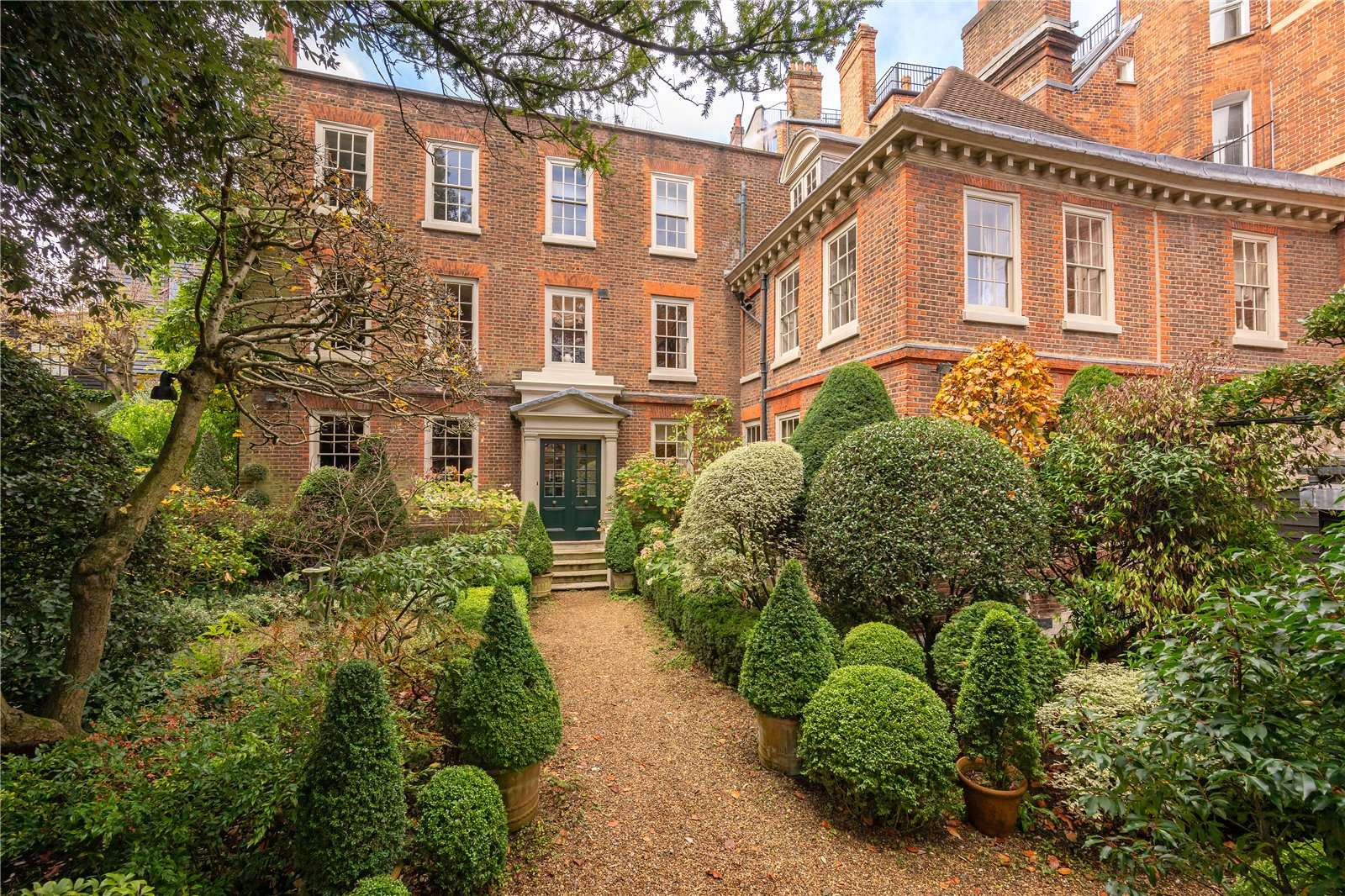 A gorgeous home that offers a slice of country life in the heart of Hampstead
A gorgeous home that offers a slice of country life in the heart of HampsteadThis idyllic Hampstead mansion has seen its price rise nine times faster than inflation — and it's not hard to see why.
By Carla Passino Published
-
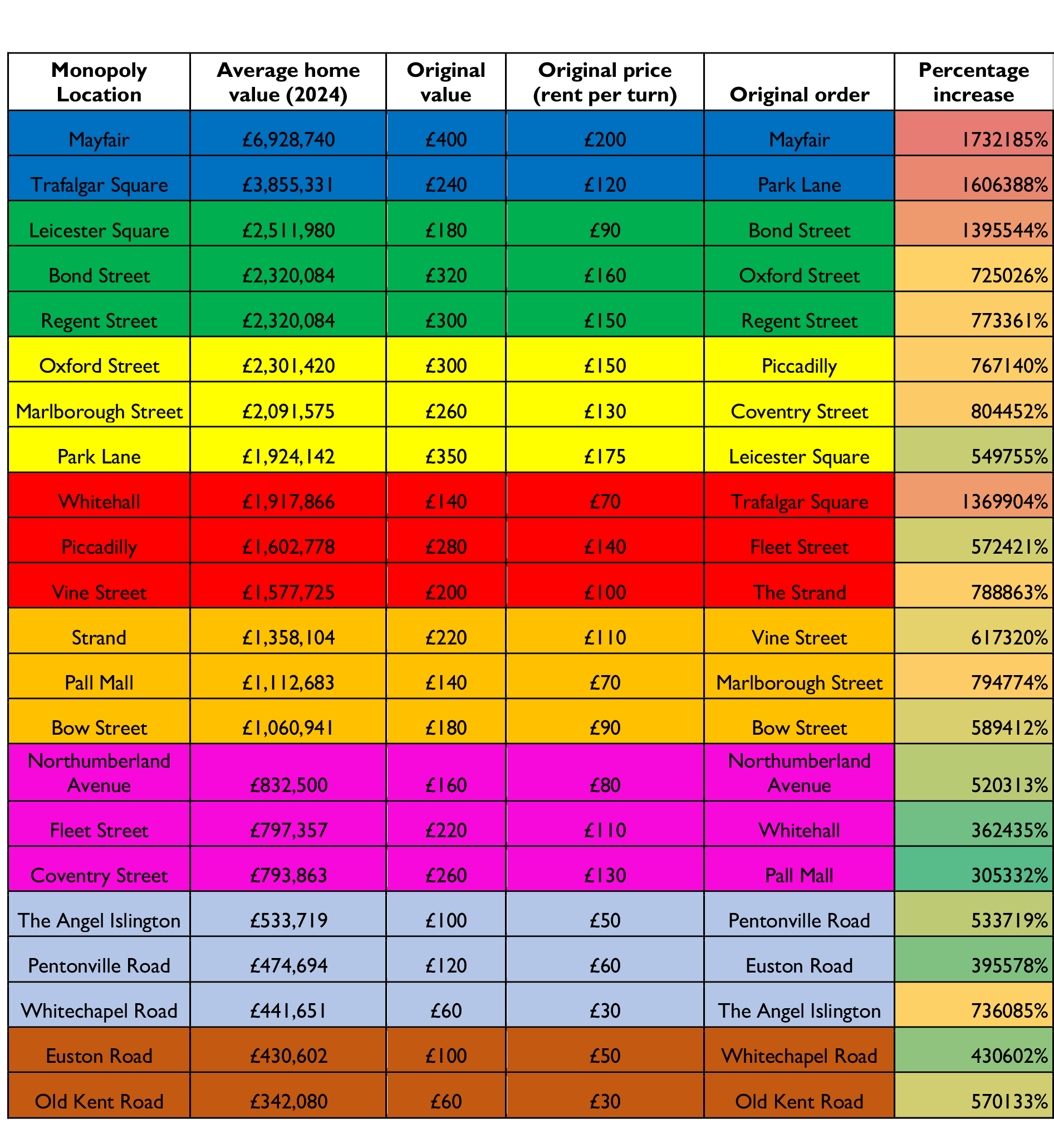 What the Monopoly board would look like at 2024 property prices
What the Monopoly board would look like at 2024 property pricesIn the 88 years since the first British edition of Monopoly, a lot has changed. But how much should the various properties be worth today? And where should they be on the board?
By Toby Keel Published
-
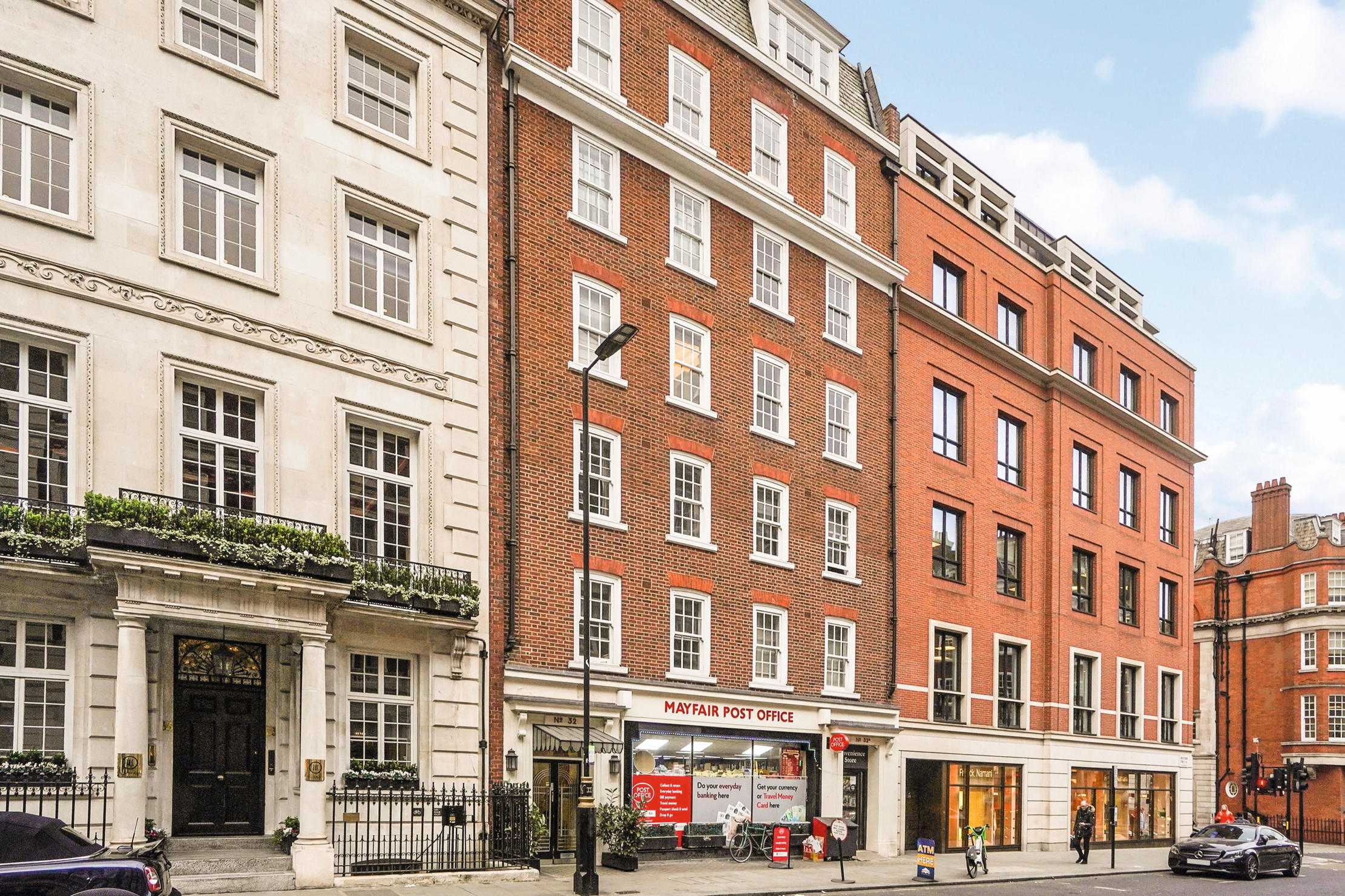 The man who made Mayfair
The man who made MayfairThomas Cundy II changed the face of Mayfair with the refronting programme he launched as chief surveyor of the Grosvenor estate, but much of his work was lost in subsequent renovation, as Carla Passino discovers.
By Carla Passino Published
-
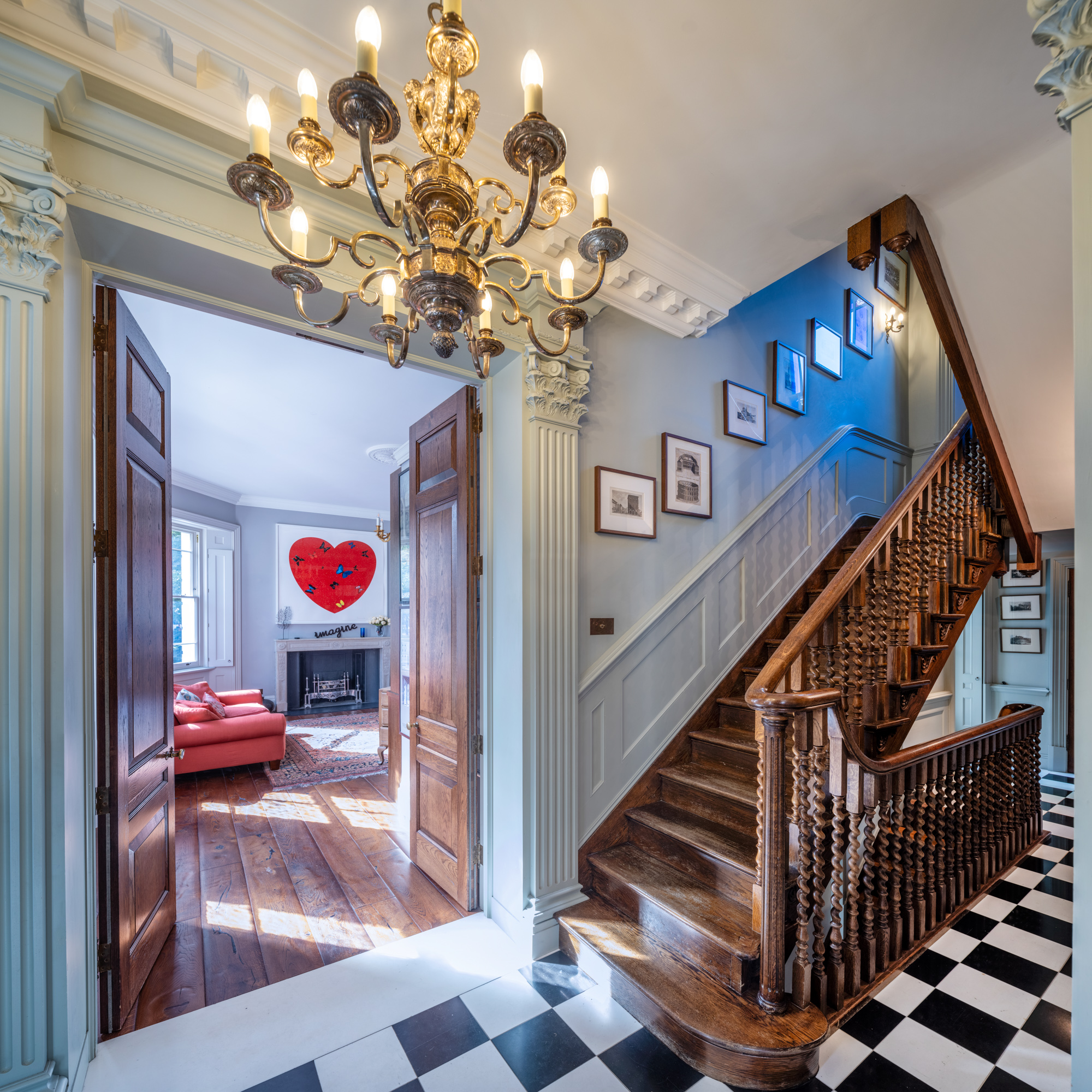 A country house in central London? The £10m Primrose Hill home on the square where Sylvia Plath and Ted Hughes once lived
A country house in central London? The £10m Primrose Hill home on the square where Sylvia Plath and Ted Hughes once livedA house has come up for sale on one of the most beautiful — and most photographed — streets in London. Rachael Turner explains more.
By Rachael Turner Published
-
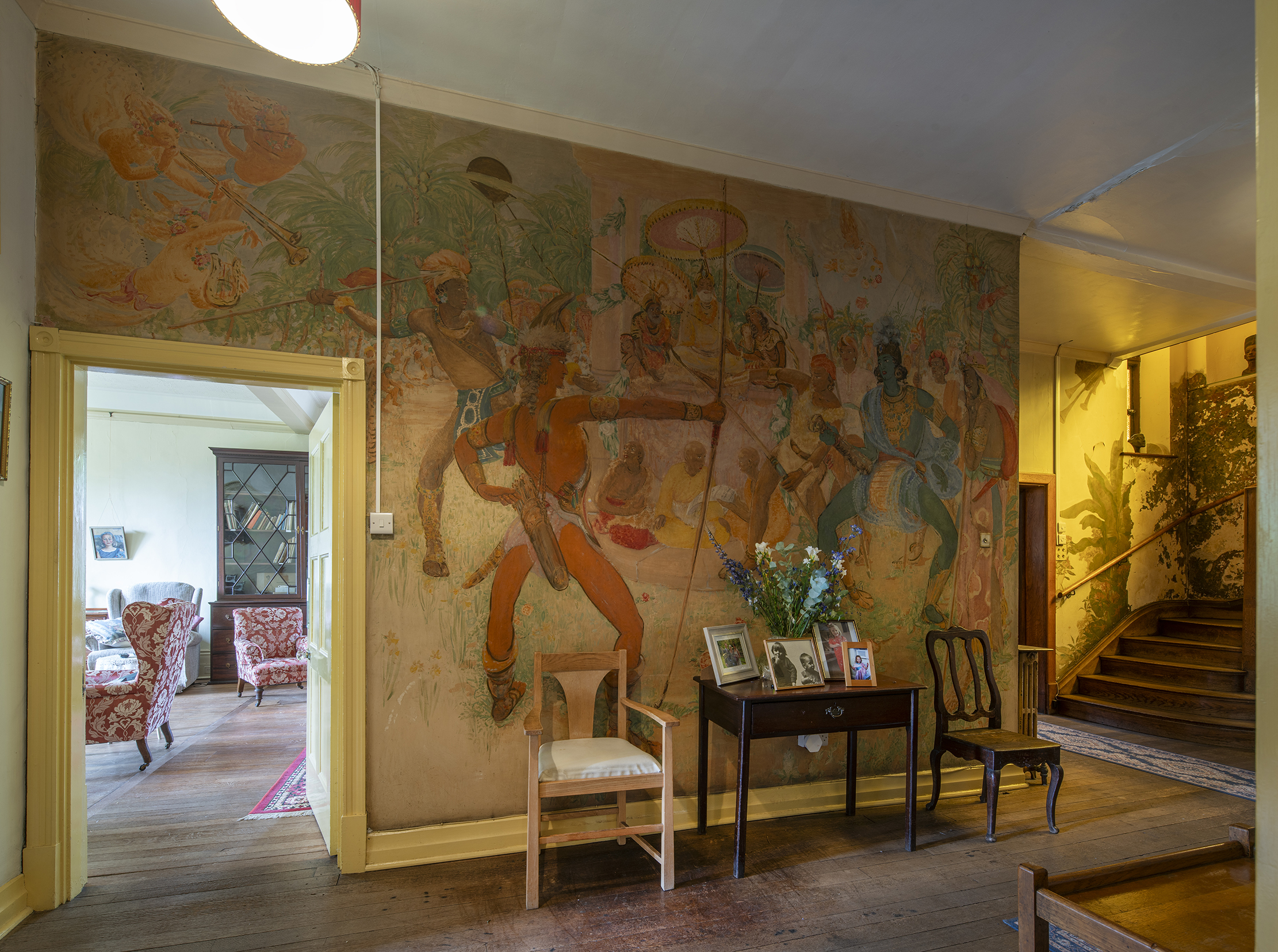 A 'country house in London' for sale in Hampstead, complete with quirky murals
A 'country house in London' for sale in Hampstead, complete with quirky muralsLocated in one of London’s most sought-after neighbourhoods, this Grade II-listed property could set you back £11,000,000. And that’s before you revamp it.
By Annabel Dixon Published
-
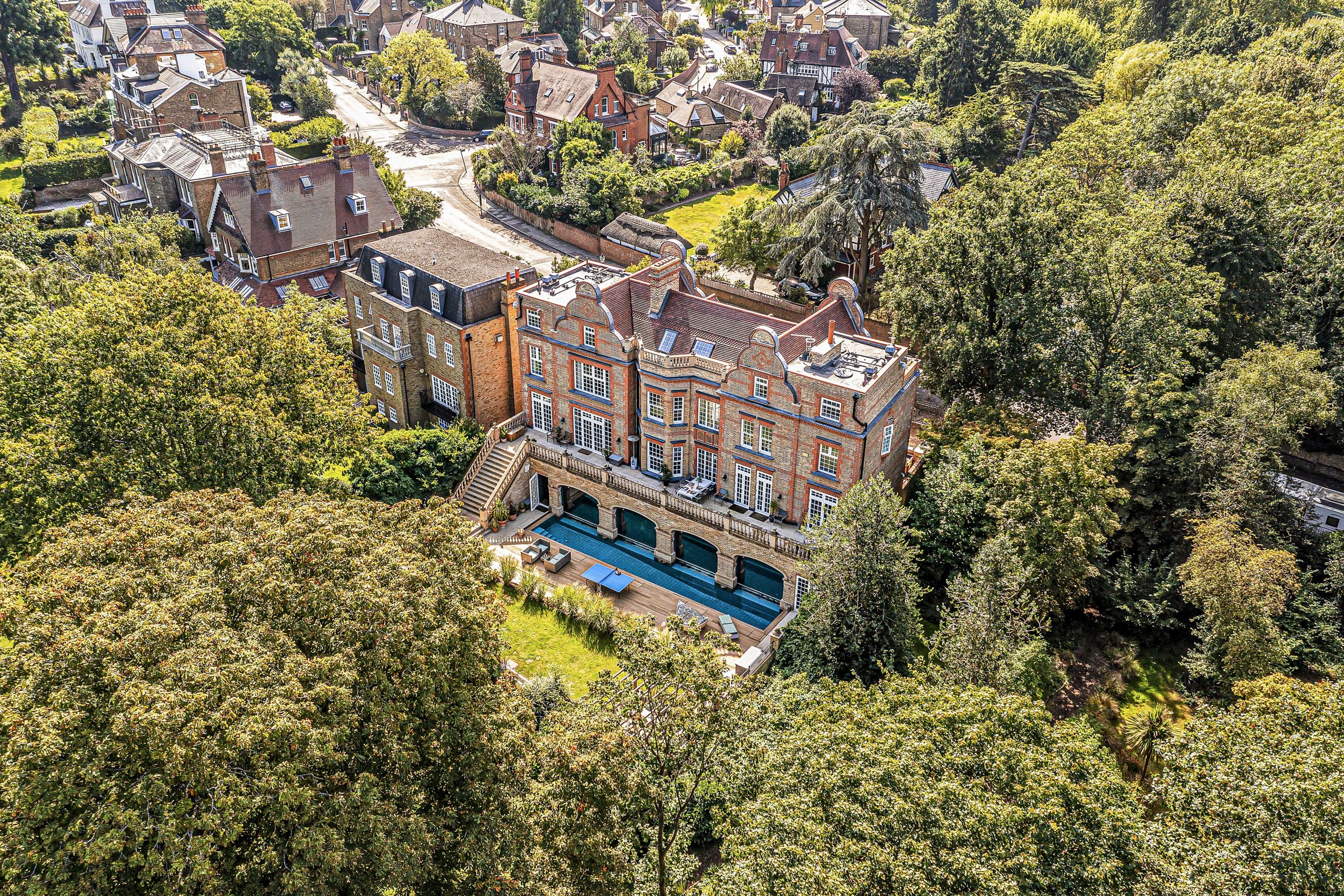 A riverside mansion with keys to south west London's secret garden
A riverside mansion with keys to south west London's secret gardenThis dreamy property has a stunning pool, a gym, wine cellar and cinema, plus access to the exclusive Pleasure Gardens, a 12-acre green space with tennis courts and lake.
By Rachael Turner Published
-
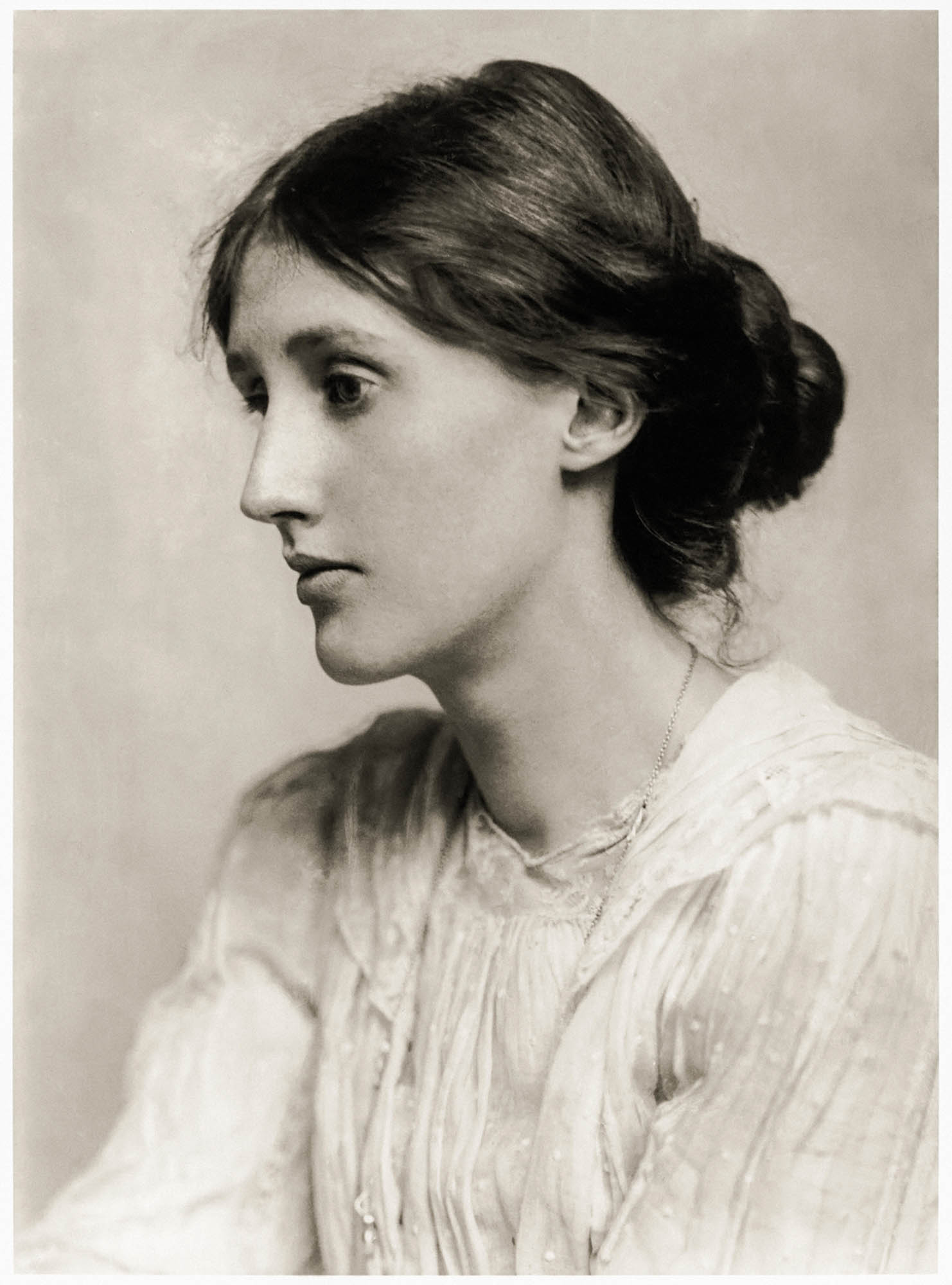 How the Bloomsbury Group shaped life in London WC1
How the Bloomsbury Group shaped life in London WC1There’s more to the Bloomsbury Group than squares, circles and triangles, says Rosemary Hill, who explores what drew its members to London’s WC1 in the first place and the lasting effect they had on it.
By Country Life Published
-
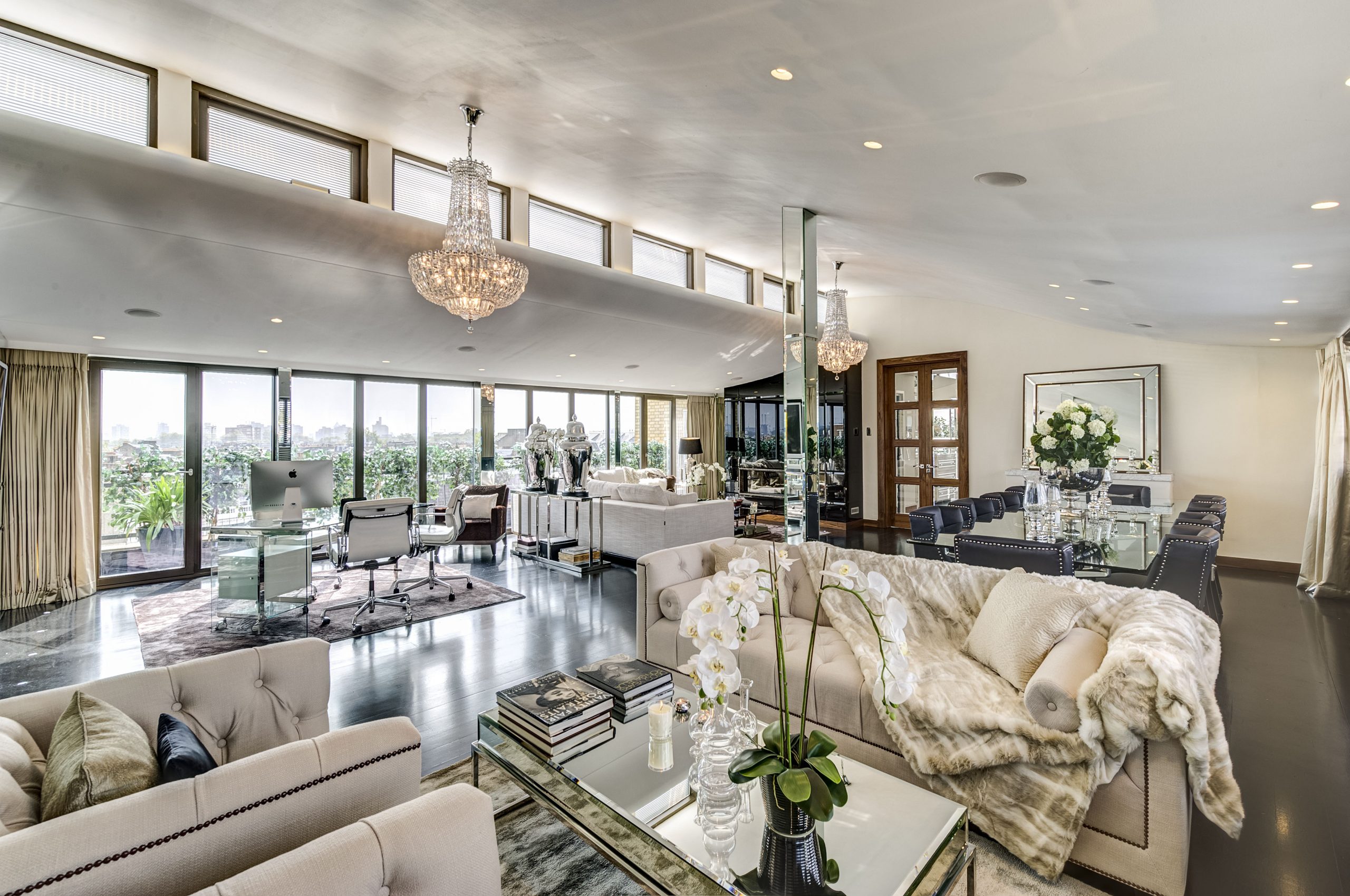 Hugh Grant's former South Kensington penthouse on the market with £700k price cut
Hugh Grant's former South Kensington penthouse on the market with £700k price cutI'm just a girl, standing in front of a 3,000 sq ft London penthouse, asking it to please let me in.
By Carla Passino Published
